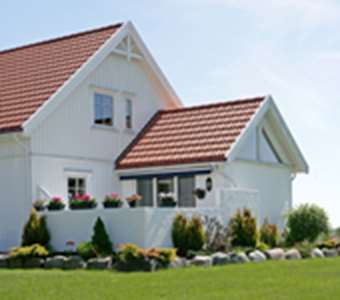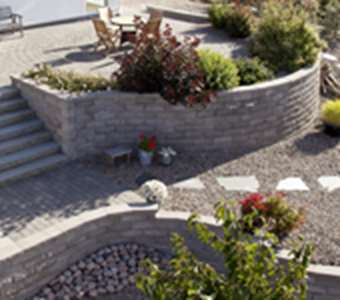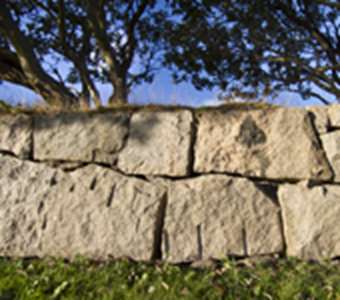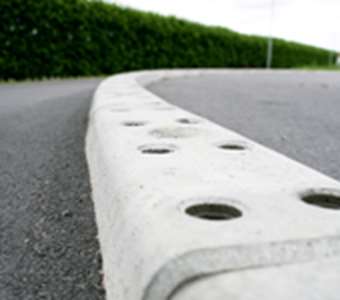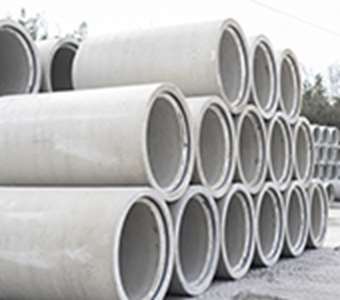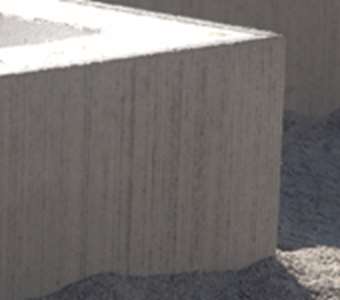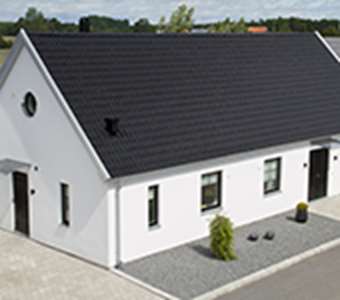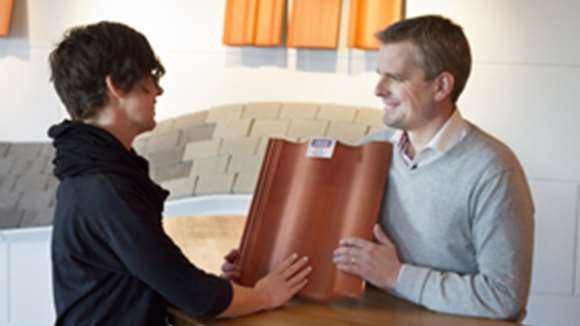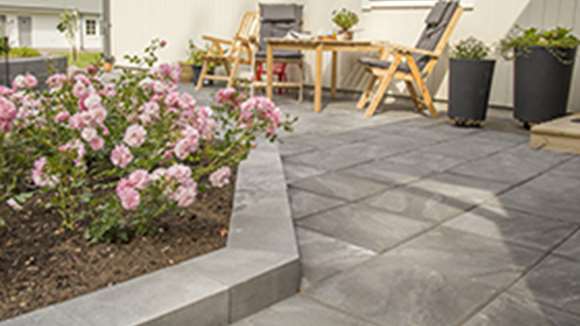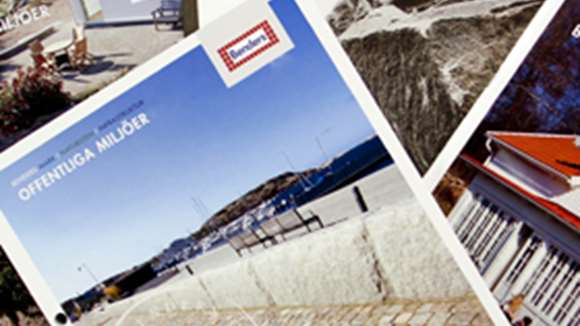Granite is Sweden’s most common rock type and is found throughout the country. It is extremely strong and withstands impacts and heat far better than most other rock types and materials. Granite’s appearance and properties vary with differences in grain size. Colour is dependent on where in the world it is quarried.
The name “granite” comes from Latin “granum”, which means “grain”. Besides being one of the most common rocks in the continental crust, granite is also particular to the Earth and is believed not to occur on, for example, the Moon or Mars. It was formed when red-hot magma was forced up from beneath the Earth’s mantle and developed crystals.
As it usually has no inner cavities, granite is nearly always completely solid. From a quarrying and working perspective, granite is normally characterised as a “hard stone”. Conversely, marble, limestone and other similar types of rock are characterised as a “soft stone”. The high esteem in which granite is firmly held is due to the rock’s hardness, which is the source of its durability. Giza, the best-preserved of Egypt’s pyramids, is partly granite. The classic curling stone is also granite. This time, from Scotland where, as early as 1750, the first examples were made.
In line with increasing acidification in parts of the world, granite has taken over from marble as the most popular stone for outdoor monuments and other public works of art. Granite withstands external stresses far better than does marble.
True Bohus granite
The rock we are now quarrying was formed over nine hundred million years ago. Nonetheless, it is still one of our very youngest rock types. Our beautiful, strong and easily cleft Bohus granite is found only in a narrow strip between Gullmarsfjorden in the south and Idefjorden in the north.
“Creating beautiful things in Bohus granite is as removed as you can get from the throwaway mentality. It is a cultural act that, becoming more beautiful with each passing year, will last for generations,” Ove Bender, MD of Benders.
In this same limited tract we also have our Ävja and Näsinge quarries. We have been active in the Bohuslän region since 1926 when the Bohus County Quarrying Industry Cooperative Joint Stock Society was set up. However, our roots go deeper than that. Even a century before then, there were many stone cutting operations in the area.
In our ranges, you will find a wide selection of products that allow you to achieve exactly the effect you are looking for – everything from natural rusticity to hypermodern elegance, both indoors and out. Everything we do is based on craft and each stone is unique. Thus, nothing is impossible. If you have an idea, we have a solution – in true Bohus granite!














